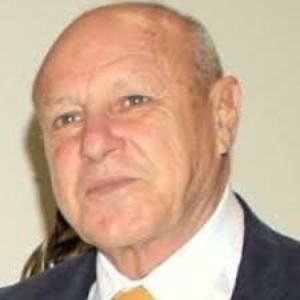Atrial Tachycardia
Atrial Tachycardia is a cardiac arrhythmia characterized by a rapid heartbeat originating in the atria, the upper chambers of the heart. Unlike normal heartbeats that are regulated by the sinoatrial (SA) node, individuals with atrial tachycardia experience an abnormal firing of electrical signals from within the atria, leading to a faster heart rate than the typical range of 60 to 100 beats per minute. This condition can be episodic or sustained, causing symptoms such as palpitations, shortness of breath, and dizziness. Diagnosis often involves the use of electrocardiograms (ECGs) to detect the rapid heart rhythm. Management strategies may include medications to control the heart rate, radiofrequency ablation to eliminate the abnormal electrical pathways, or, in severe cases, implantation of a pacemaker. A comprehensive understanding of the underlying causes, risk factors, and available treatment options is crucial for healthcare professionals to effectively manage and improve the quality of life for individuals with atrial tachycardia.

Shuping Zhong
University of Southern California, United States
Ahdy Wadie Helmy
Indiana University School of Medicine, United States
Federico Benetti
Benetti Foundation, Argentina
Ishan Abdullah
George Washington University School of Medicine and Health Sciences, United States
Sana Tariq
Manchester University NHS Foundation Trust, United Kingdom
Achi Kamaraj
Royal Brisbane and Women’s Hospital, Austria




Title : Historical evolution from OPCAB to MIDCAB to mini OPCAB surgical technique and results
Federico Benetti, Benetti Foundation, Argentina
Title : Fats of Life, the skinny on statins and beyond !
Ahdy Wadie Helmy, Indiana University School of Medicine, United States
Title : Novel ways of cardiovascular risk assessment
Syed Raza, Awali Hospital, Bahrain
Title : Study of pathological cardiac hypertrophy regression
Shuping Zhong, University of Southern California, United States
Title : Personalized and Precision Medicine (PPM) and PPN-guided cardiology practice as a unique model via translational applications and upgraded business modeling to secure human healthcare, wellness and biosafety
Sergey Suchkov, N. D. Zelinskii Institute for Organic Chemistry of the Russian Academy of Sciences, Russian Federation
Title : Atypical takotsubo cardiomyopathy presenting as st-elevation myocardial infarction
Sana Tariq, Manchester University NHS Foundation Trust, United Kingdom